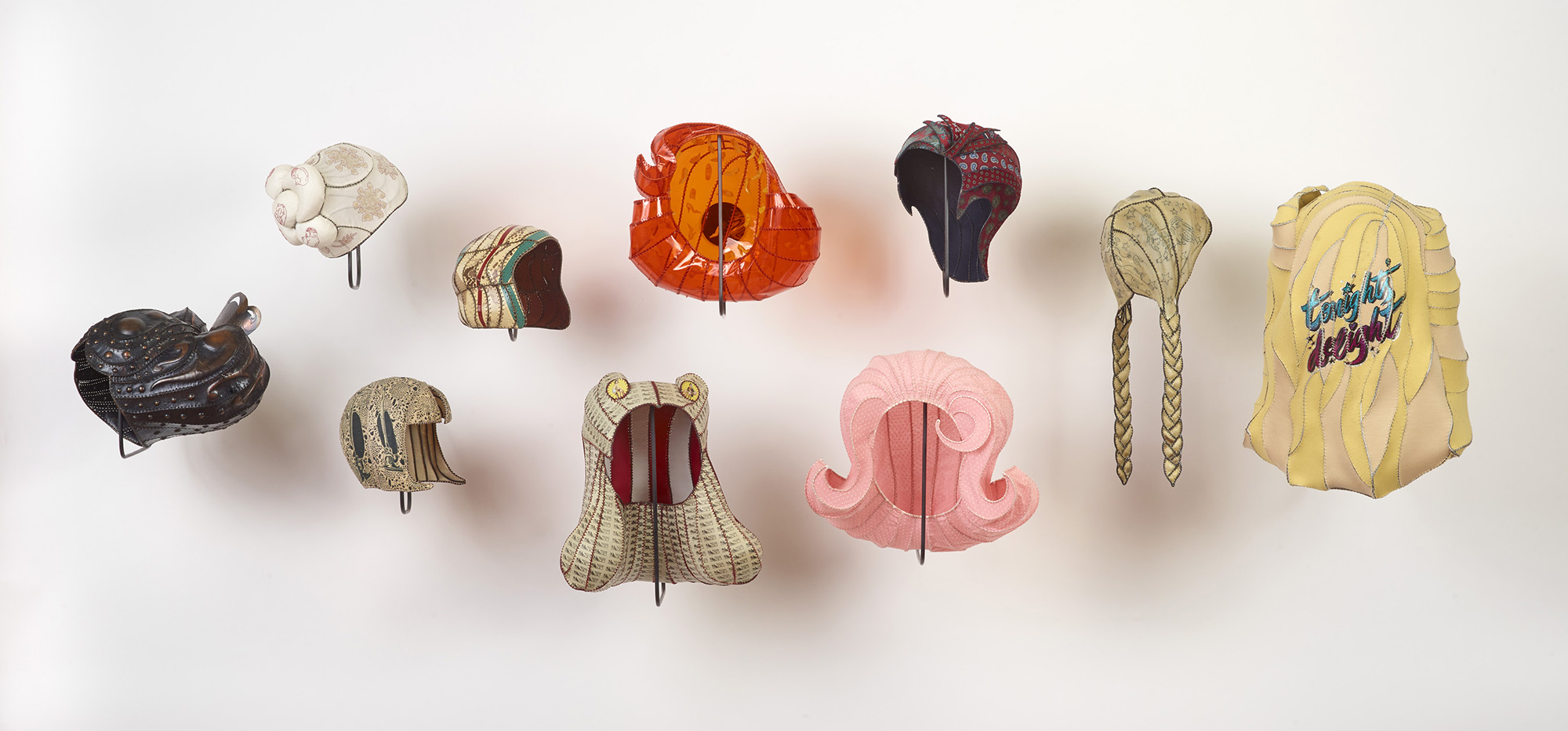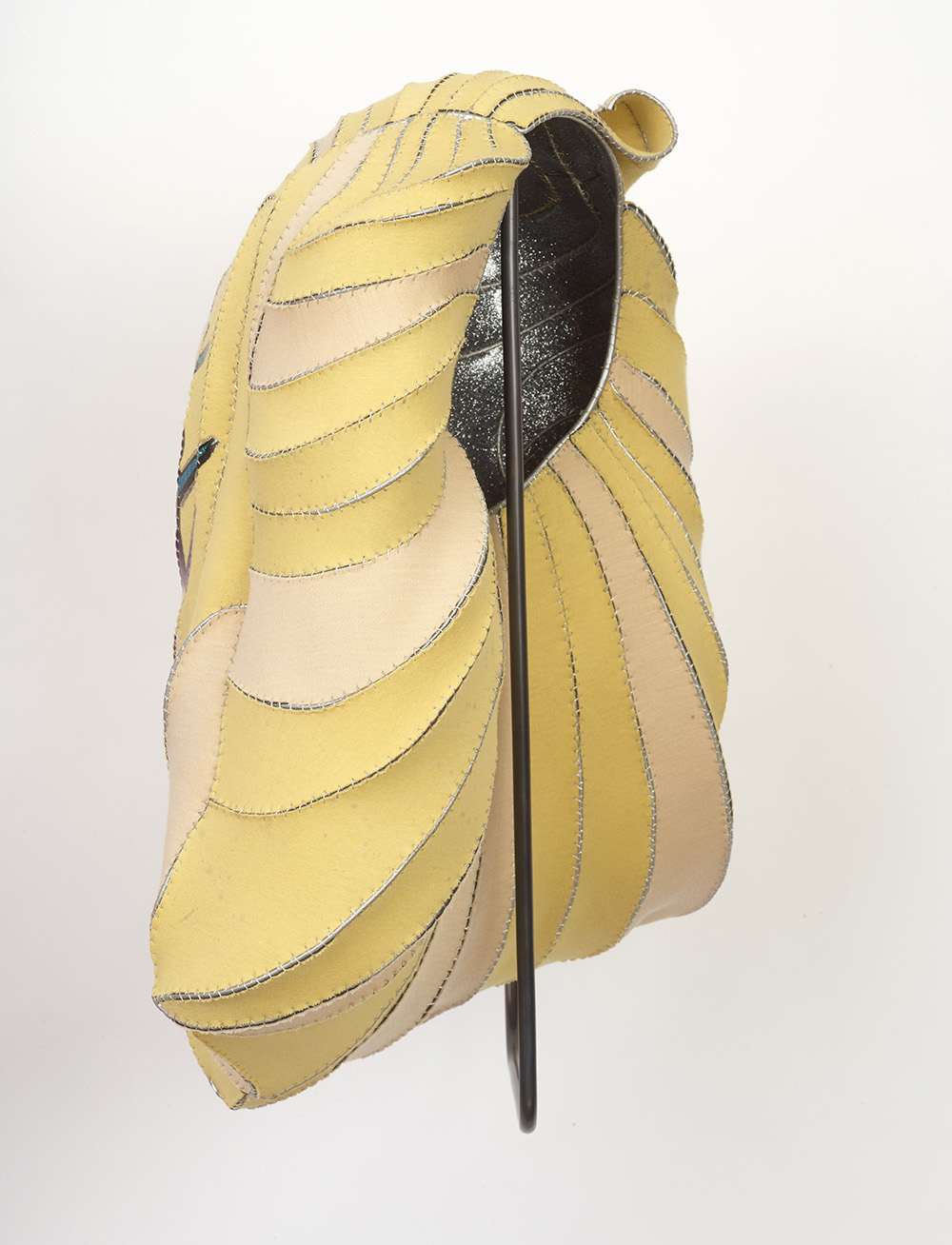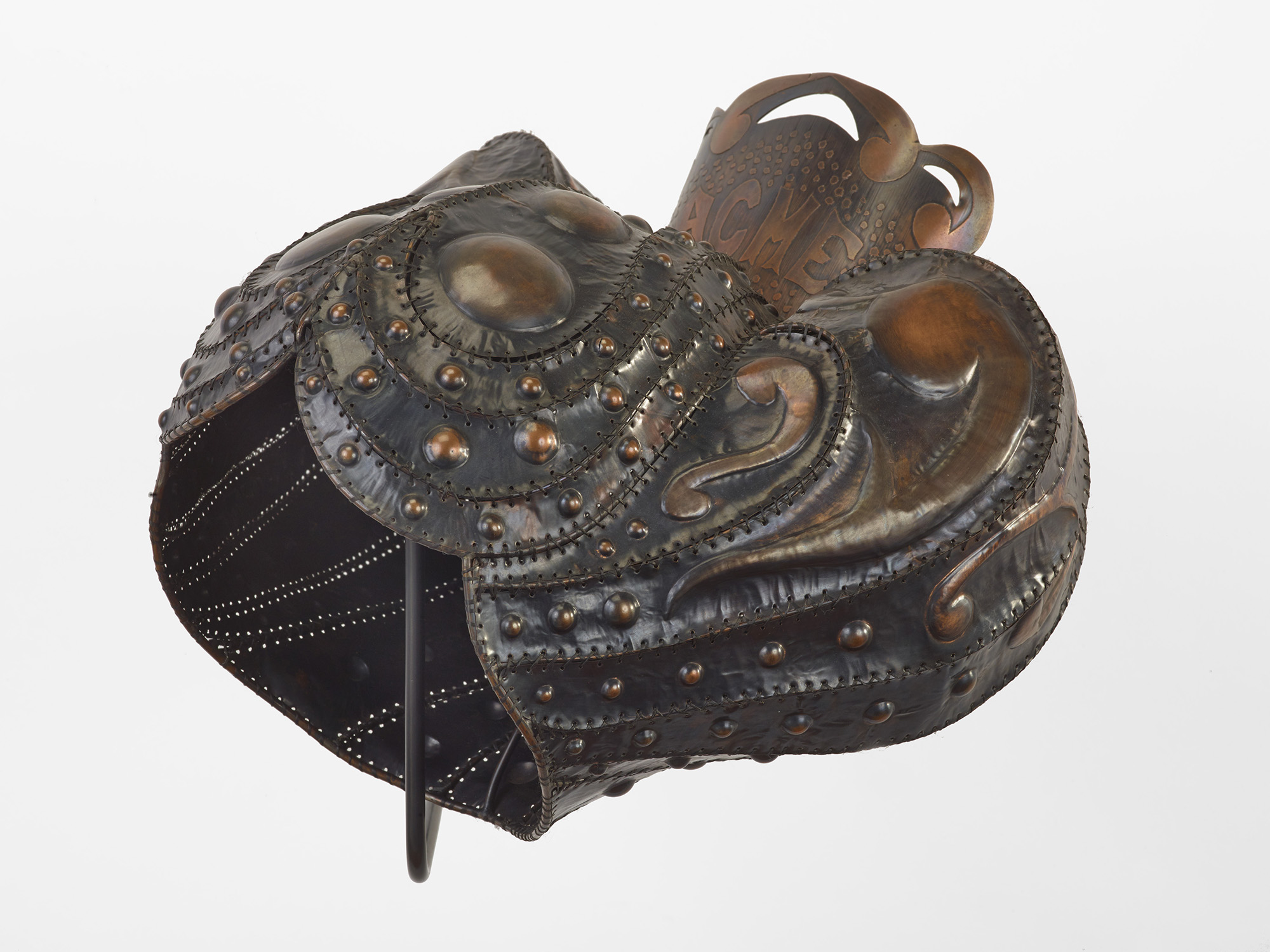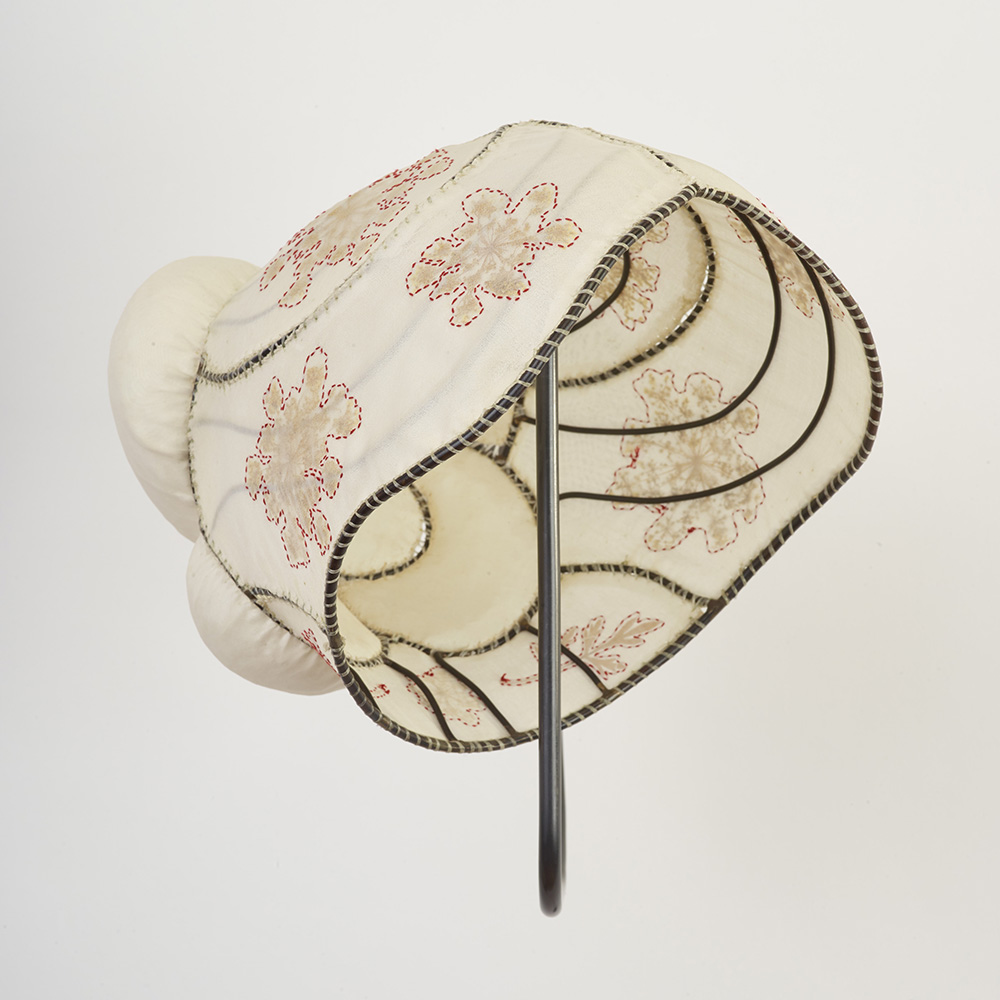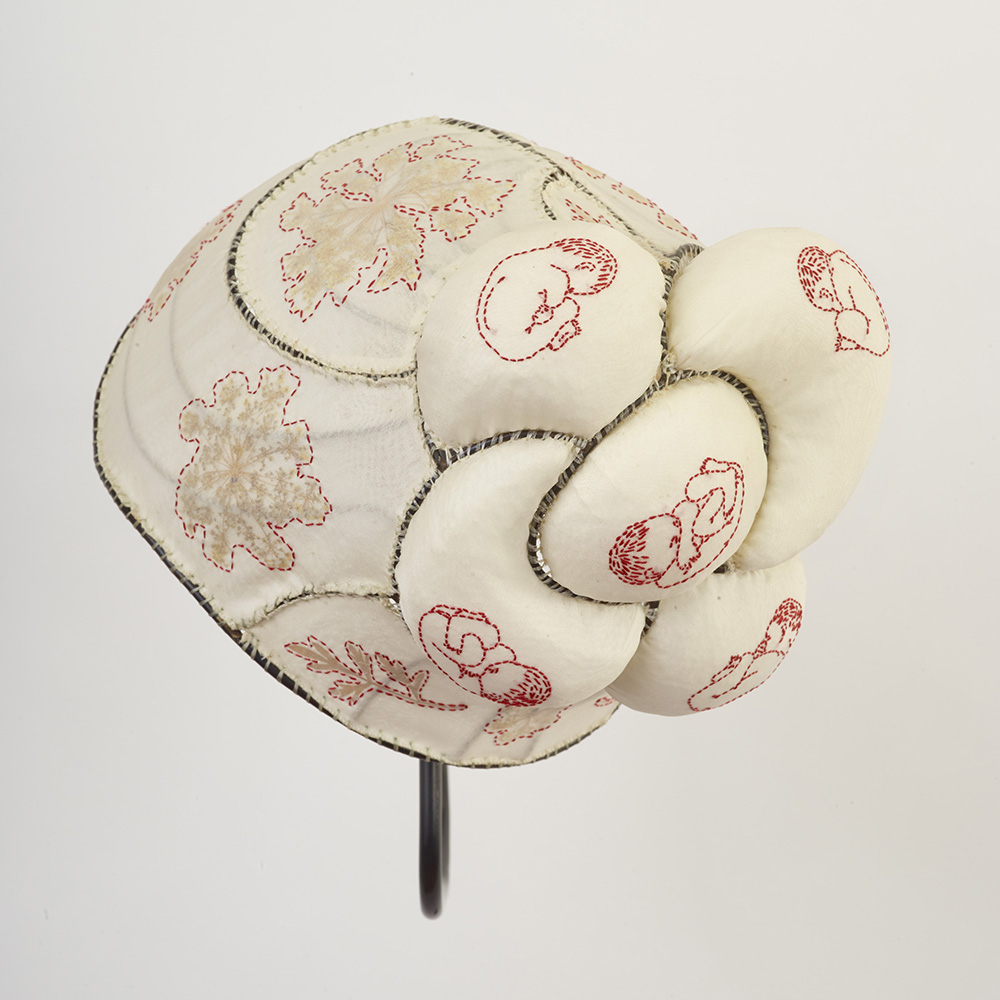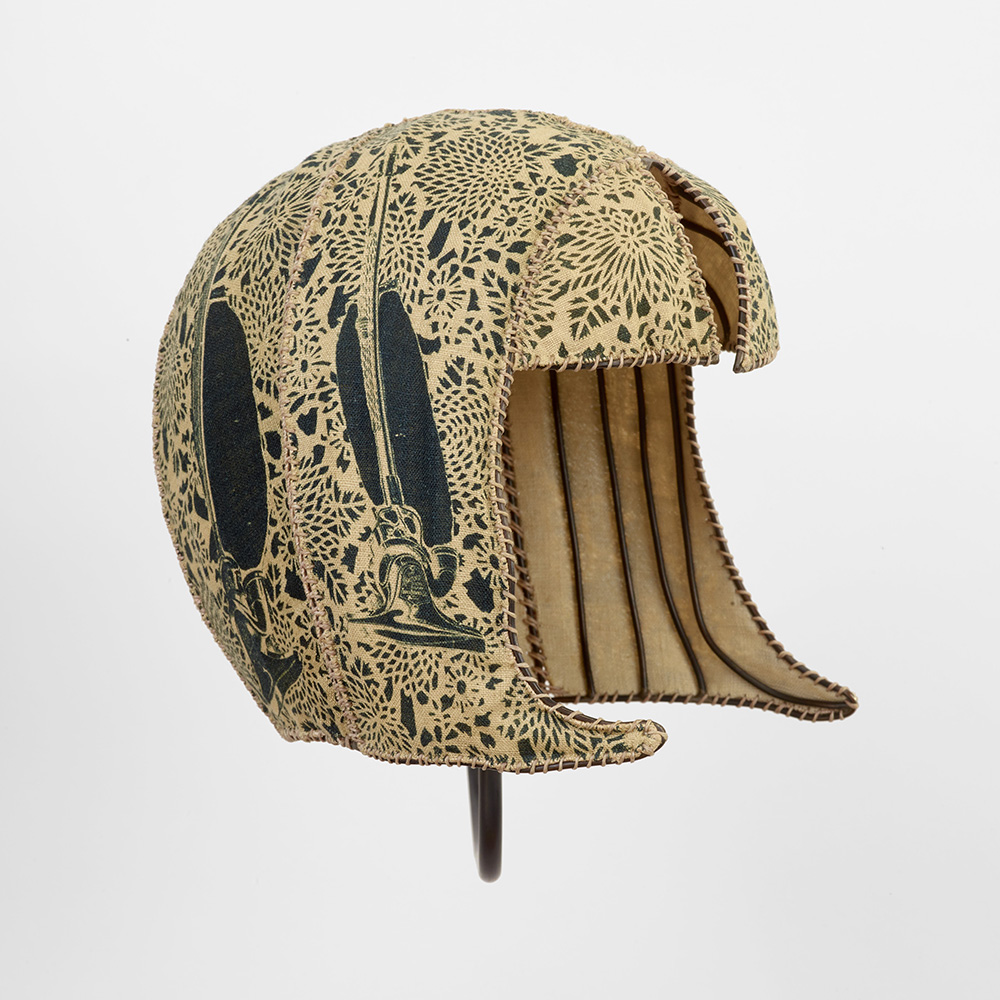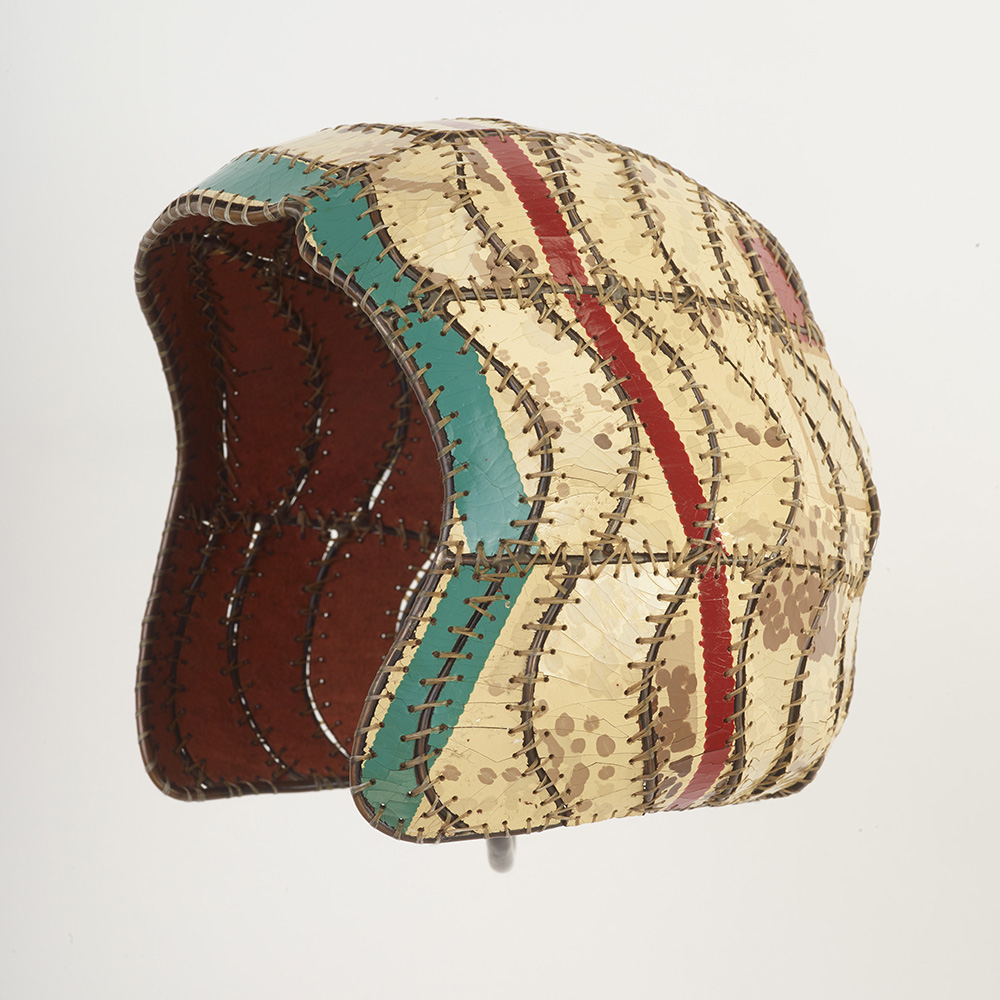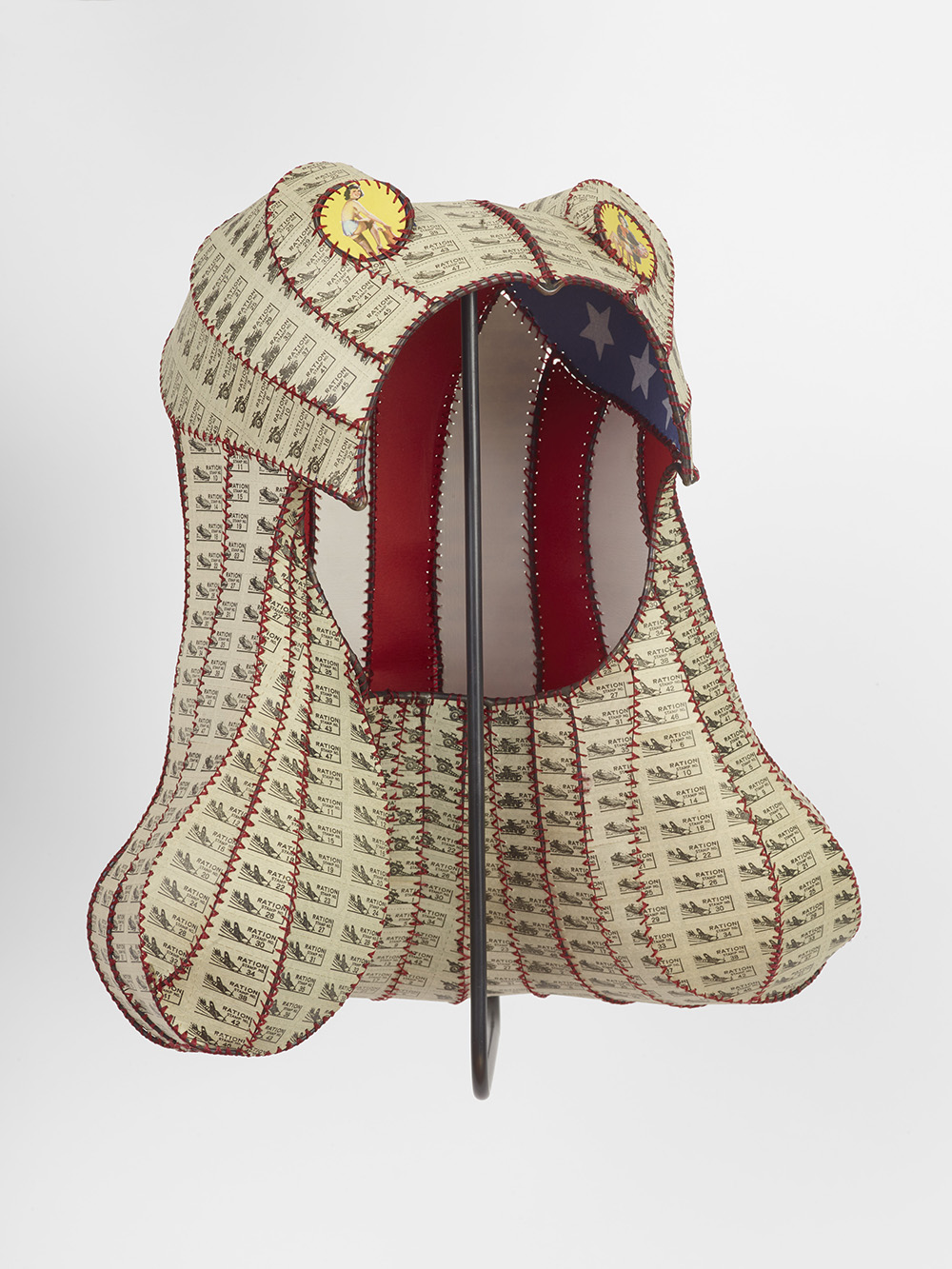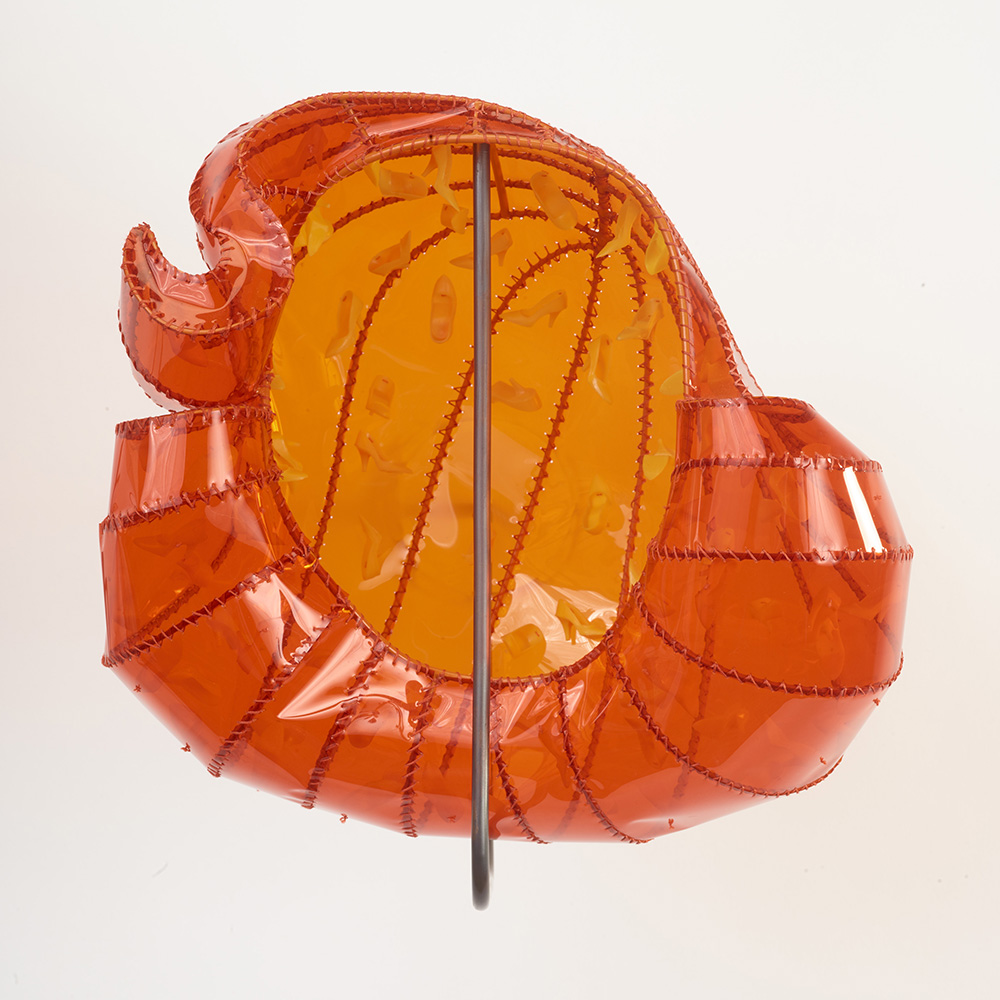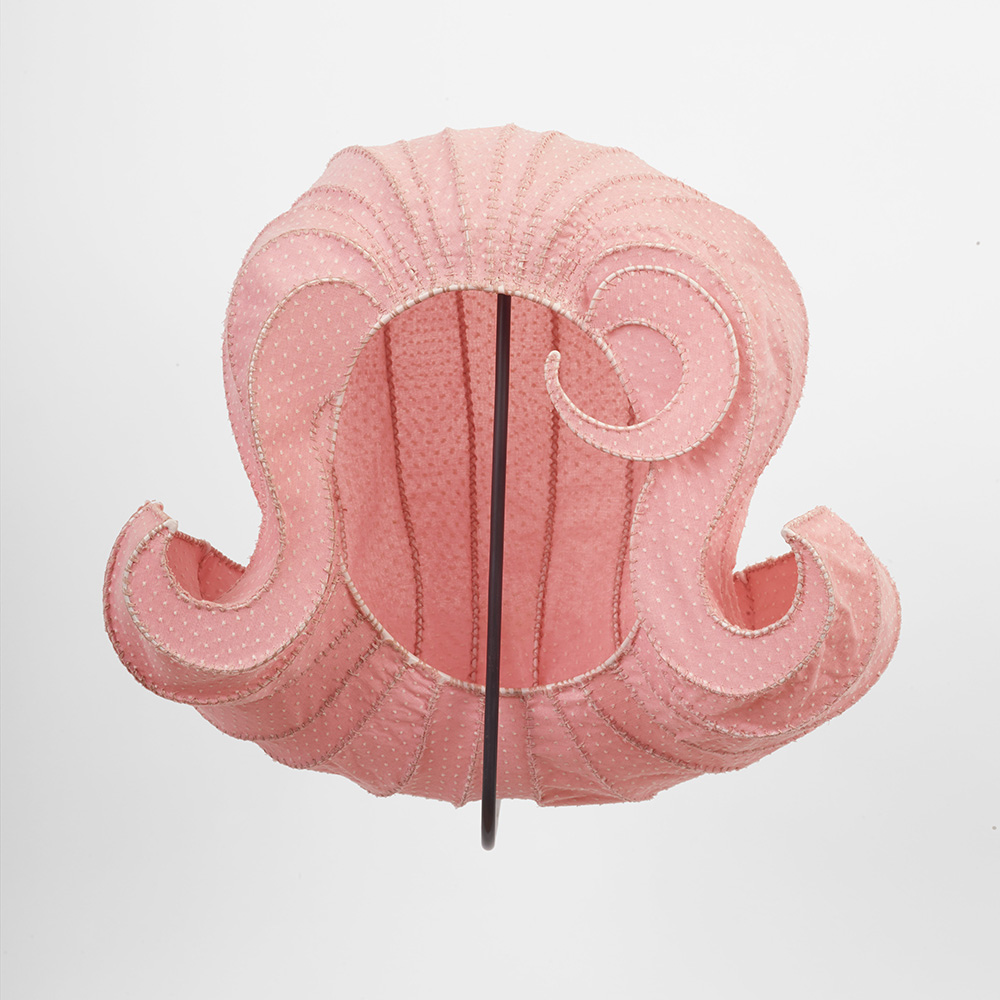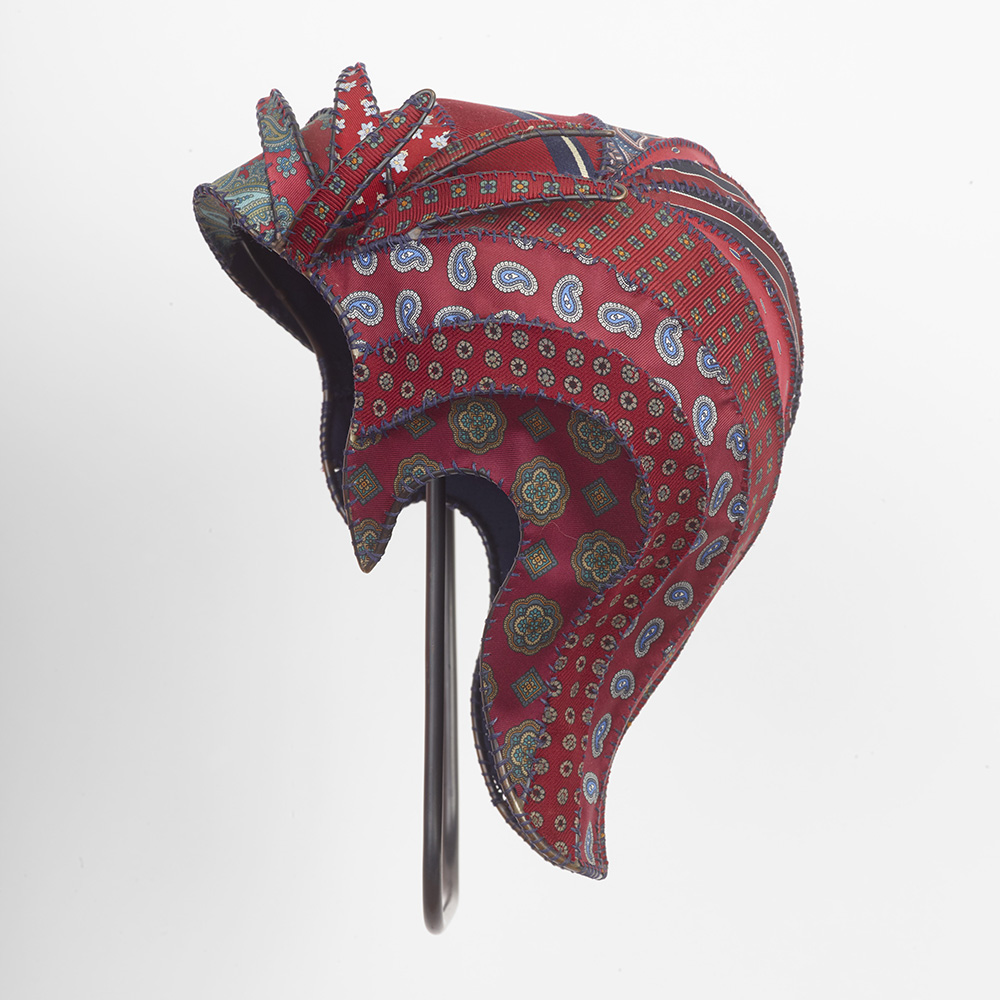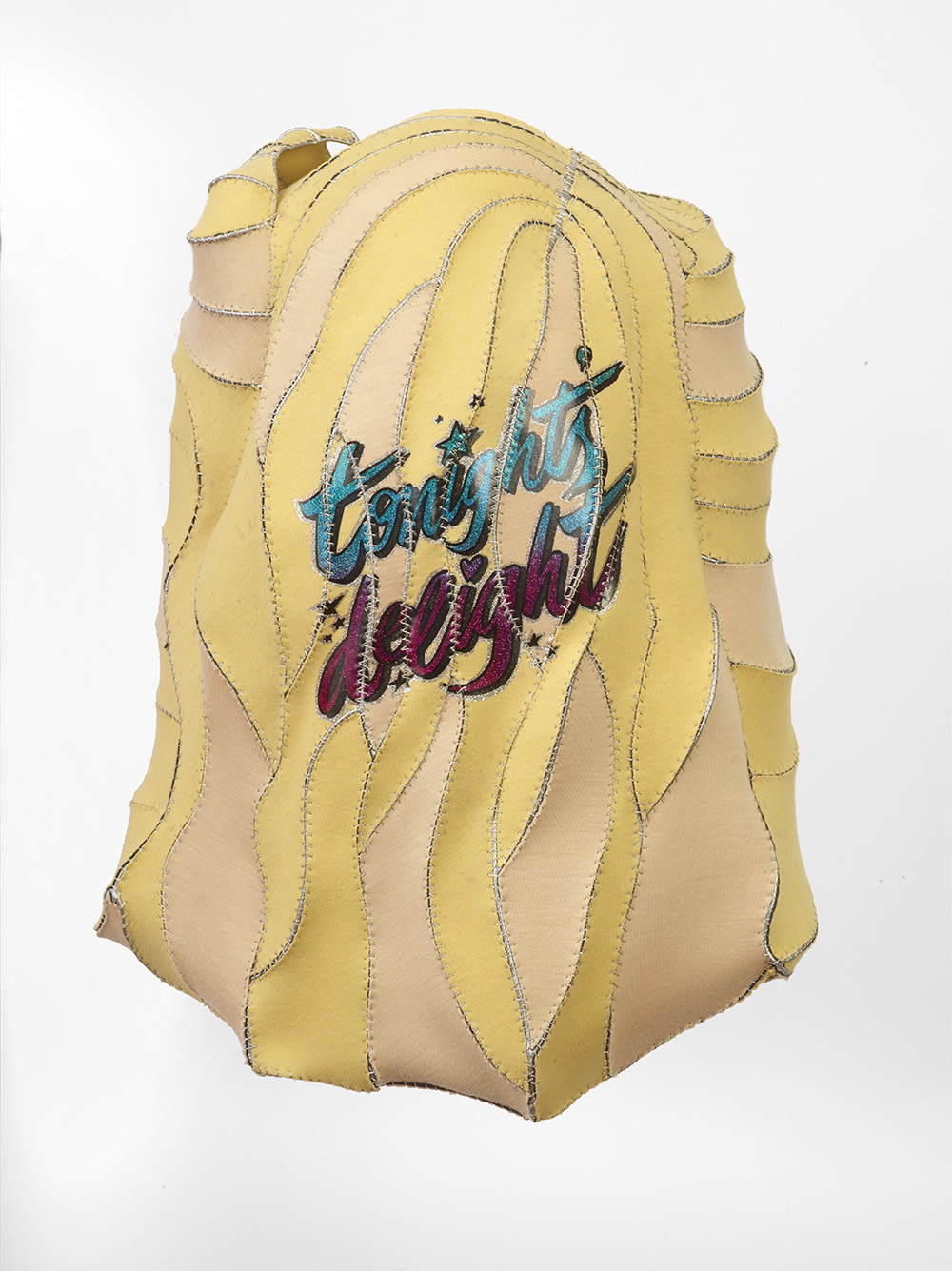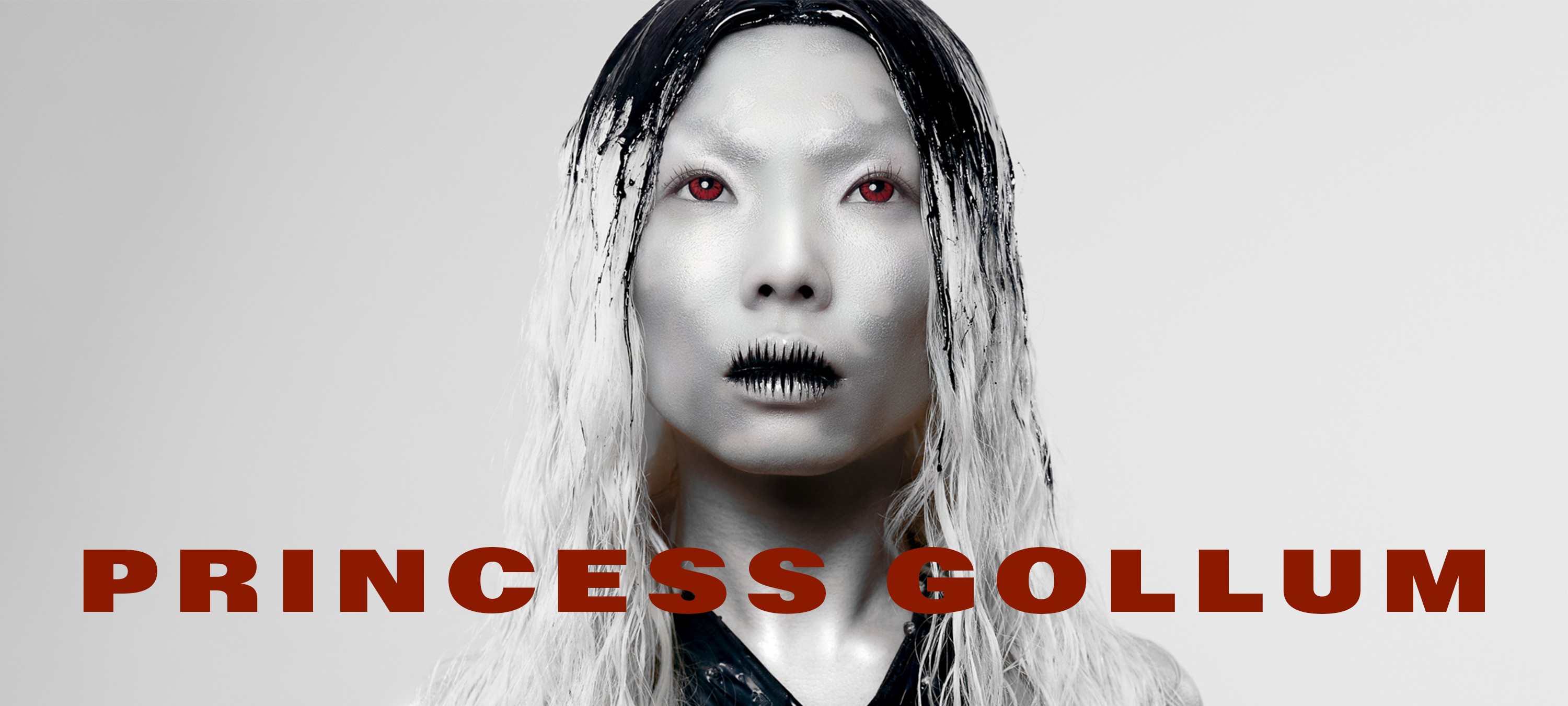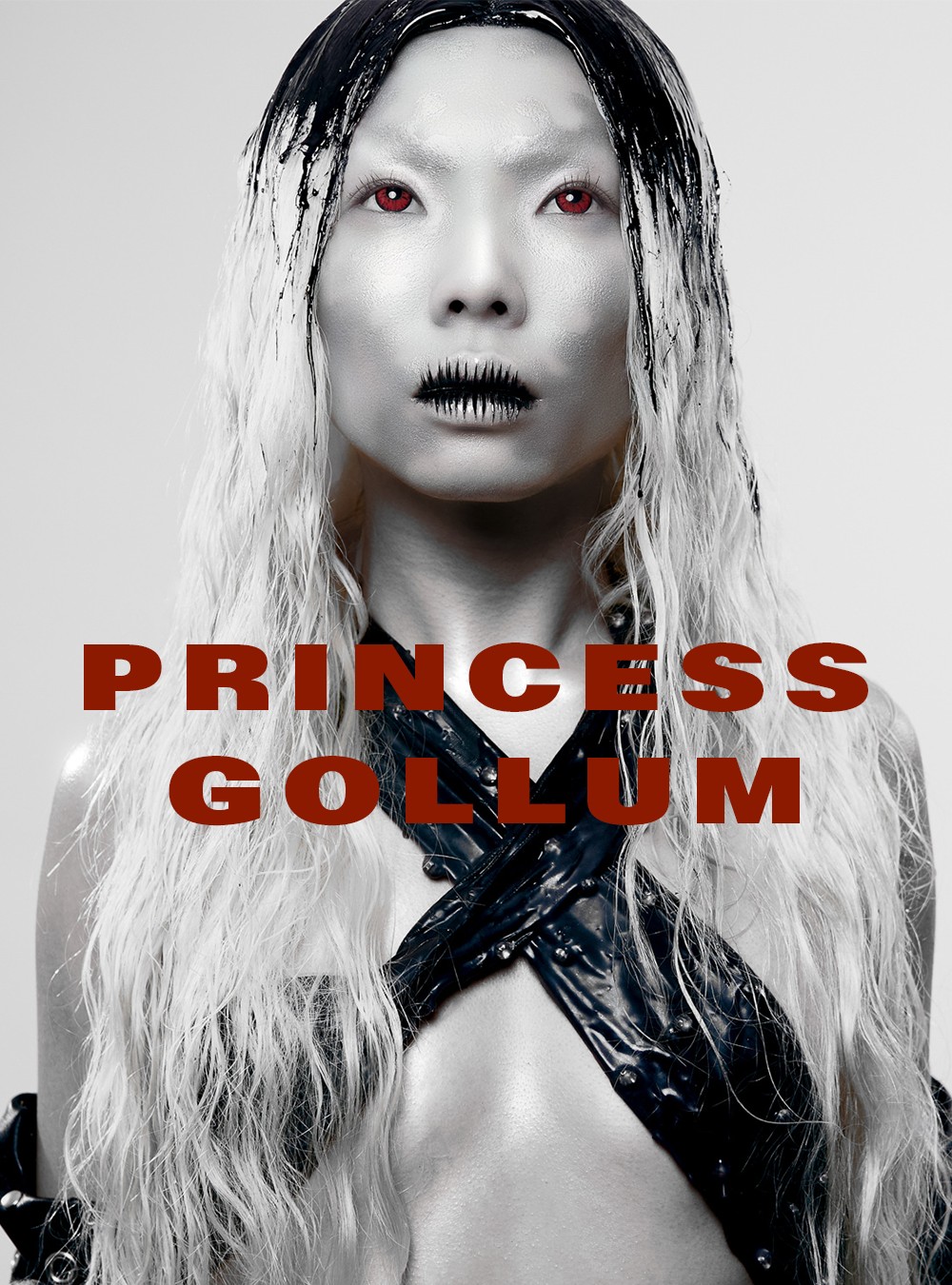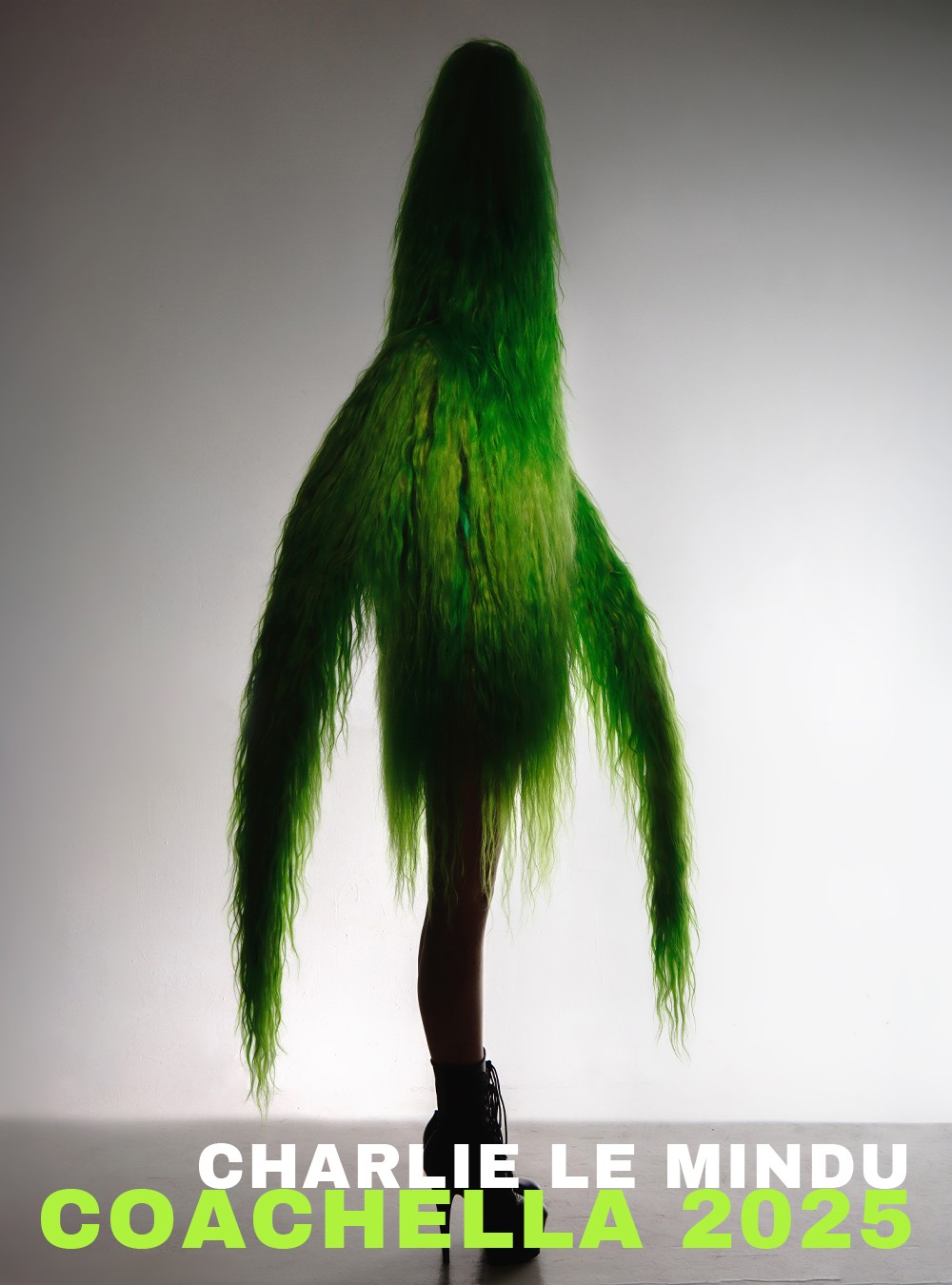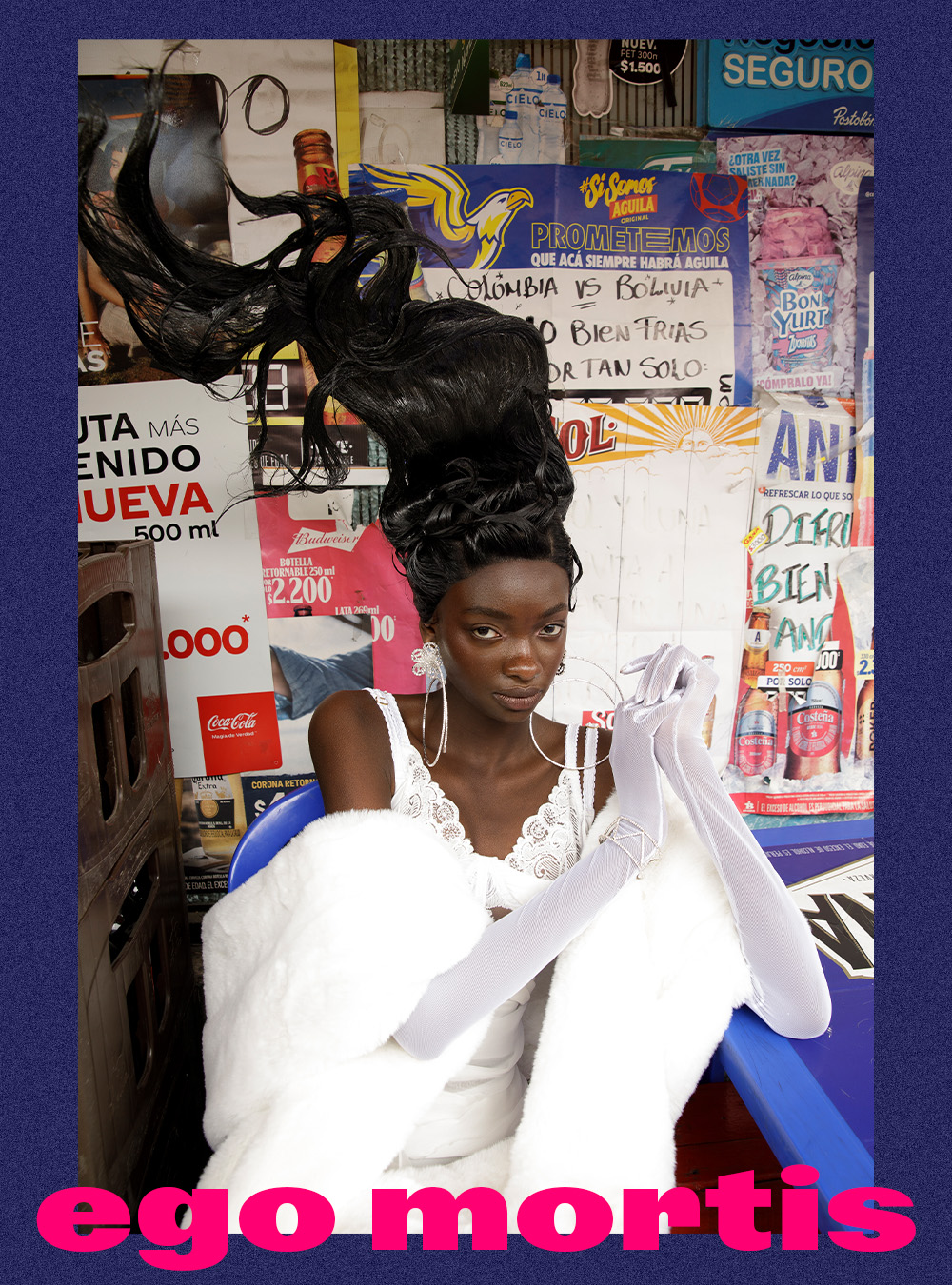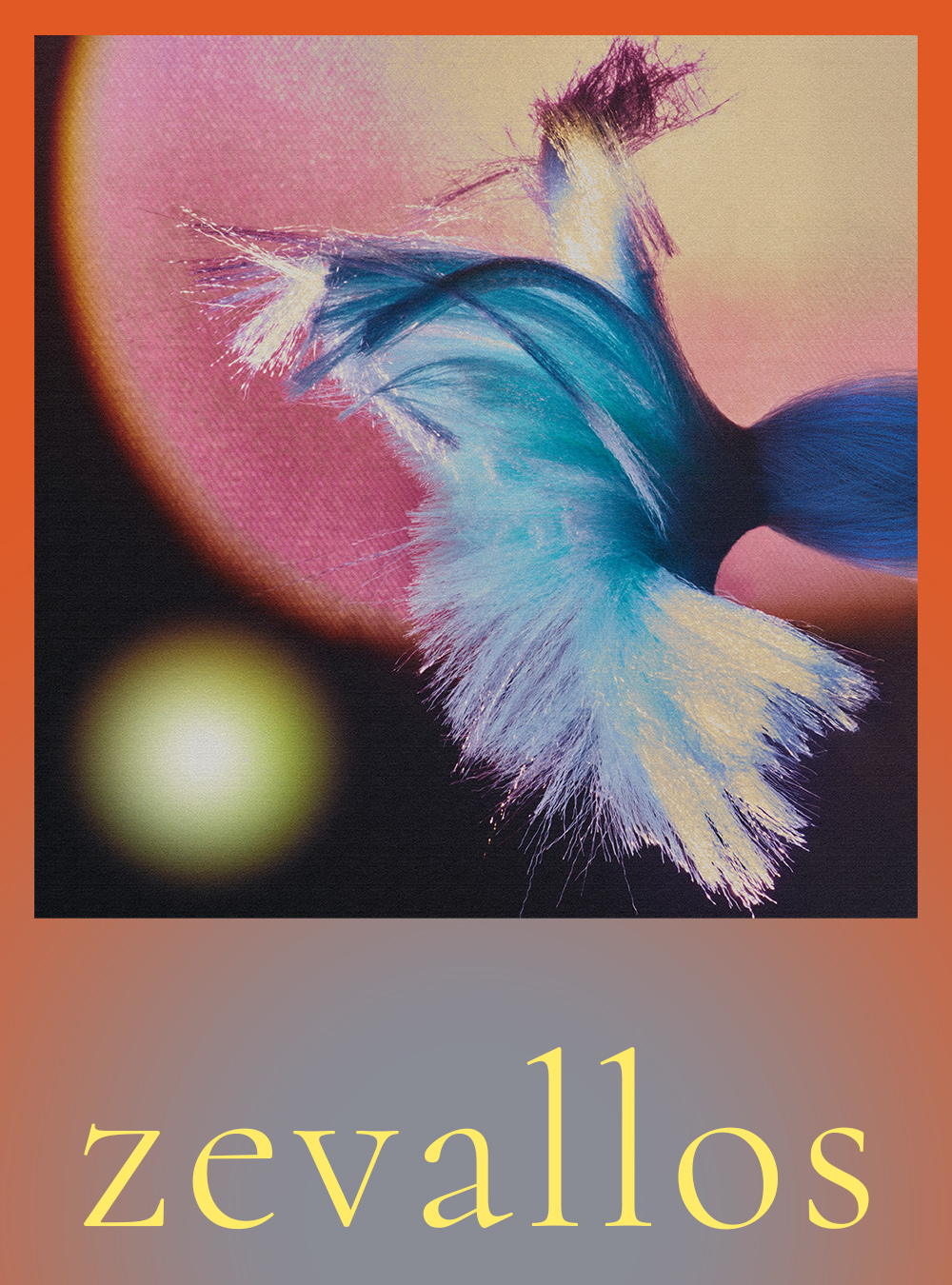ART + CULTURE: The changing roles of 20th century women explored through ten iconic hairstyles
Artworks: Anne Lemanski
Photography: Black Box Photography
Words: Emma de Clercq
Created by artist Anne Lemanski, A Century of Hair looks at the shifting roles of US women throughout the 20th century. Consisting of ten sculptures, each one takes the shape of a distinctive hairstyle representing a different decade between 1900 and 1990.
The hair sculptures explore how momentous events of the 20th century, such as war, changes in technology, birth control and women’s suffrage, influenced and shaped women’s identities during this time. Lemanksi started by researching hair styles and re-familiarizing herself with women’s history. “I took plenty of time to decide on the style and the specific issue I wanted to address” she explains. Sculpted out of copper wire armatures, she hand-stitched various materials to the frame to develop a ‘skin’, which she then moulded into distinctive hairstyles. Each style is an iconic representative of its decade, such as the sharp 1920s bob and the feathered ‘Farrah Fawcett’ waves of the 1970s. “I was drawn to the abstract, yet recognizable form that hair takes on once it is removed from the person”, Lemanski says.
Using an eclectic array of materials including rawhide, copper and vintage linoleum, the choice of materials are just as symbolic as the hairstyles themselves. By selecting materials which were particularly significant for each decade, Lemanski references cultural and political events that took place during this time. For example, the 1940’s sculpture, an immaculate wavy hairdo titled For the Boys, has been created out of hundreds of World War II ration stamps, snapped up at an auction. Lemanski acknowledges that the project led her to think about her own place in history as a woman, which is why the 1990’s piece is a self-portrait. “I chose to end the series with the hairstyle I wore for a majority of the nineties. The use of rawhide and ink is representative of tattoos”.
- ANTHROPOLOGY OF HAIR
- ANTHROPOLOGY OF HAIR
- ANTHROPOLOGY OF HAIR
- ANTHROPOLOGY OF HAIR
- ANTHROPOLOGY OF HAIR
